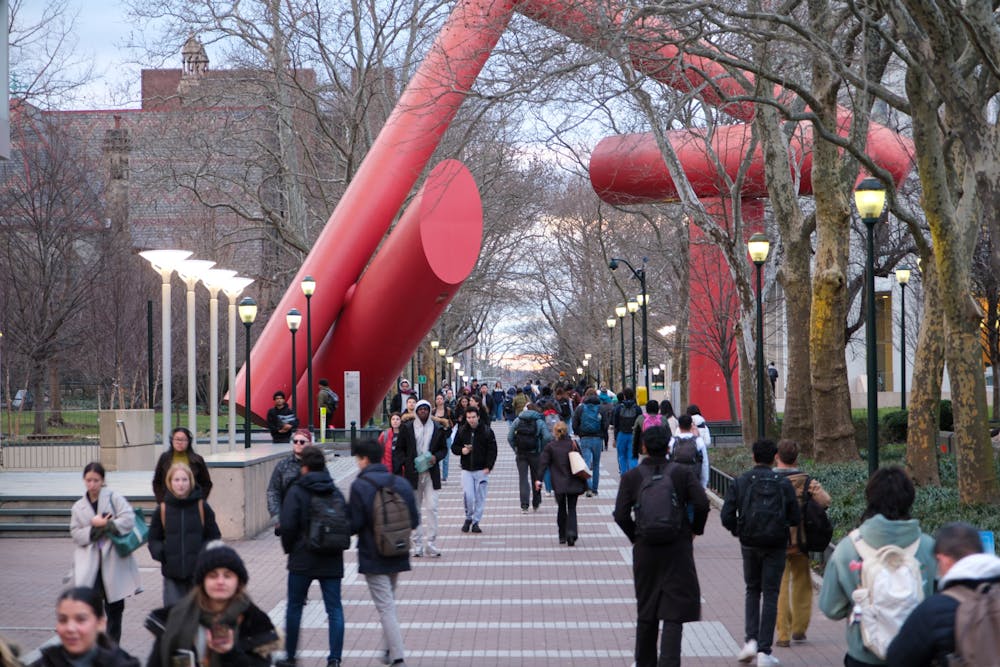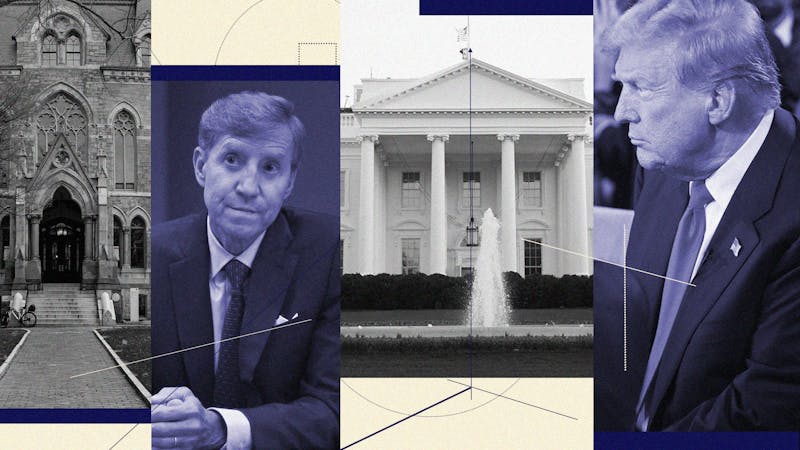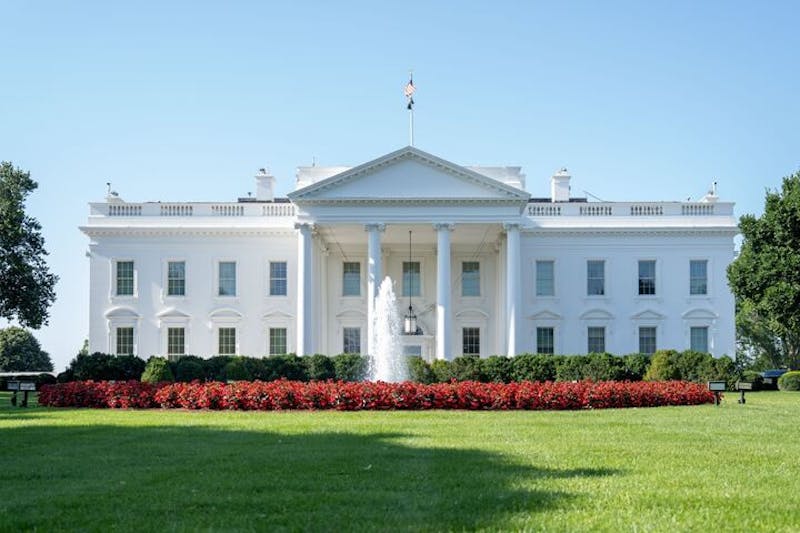
Penn announced a 3.9% increase in tuition for the 2024-25 academic year.
Credit: Abhiram JuvvadiThe Penn Board of Trustees approved a 3.9% tuition hike for the 2024-25 academic year along with an increase in the undergraduate financial aid budget to a record $311 million.
At a University Board of Trustees meeting on Feb. 29, administrators announced that the total cost of attendance will increase from $84,600 to $87,860. Tuition will increase from $58,620 to $60,920, fees from $7,484 to $7,766, and room and board from $18,496 to $19,174.
“Measured increases in tuition and fees reflect the increasing annual costs of delivering a Penn education, such as employing a world-class faculty and staff, expanding interdisciplinary academic programs, offering the largest no-loan undergraduate financial aid program of its kind, and accounting for inflationary cost increases across many operating expense categories,” the University wrote in a statement.
The tuition hike is in line with those of other Ivy League universities who have announced their 2024-25 academic costs so far, with Yale reporting a 3.9% tuition increase and Brown coming in at a 4.5% increase. In addition, Stanford announced a 5.5% increase in tuition for the 2024-2025 school year, cementing Penn's position in the “middle of the pack” of its peer institutions with regard to tuition and charges increases, according to administrators at the meeting.
They also announced that the total revenue from tuition and fees in the 2024 fiscal year amounted to $1.804 billion.
Accompanying the tuition rise is a 4.5% increase in the undergraduate financial aid budget. The average financial aid package currently totals $66,764, which covers 75% of the entire cost of attendance. This year, 46% of individuals received need-based financial aid without loans from Penn.
“Even as the cost of tuition increases over time, the average net cost for an aided student to attend Penn has held relatively steady since launching our grant-based, no-loan financial aid program in 2008,” Vice President for Finance and Treasurer Mark Dingfield said. “In fact, when adjusted for inflation, that net cost has actually decreased by about 26% in constant 2008 dollars.”
Last year, there was an 11.1% increase in the financial aid budget — the largest financial aid expansion in the past decade. The eligibility threshold for full financial aid packages rose to $75,000 from $65,500 for 2023-2024 — making students from families making $75,000 or less per year eligible for free tuition, fees, housing, and dining as well as grants and work-study funds. The percentage of Pell recipients among undergraduates also increased to a new high of 17.3%.
At the meeting, administrators called last year’s threshold increase part of Penn’s “continuous investment in undergraduate student experience.” This year’s contribution towards that goal will be an investment in a Student Performing Arts Center, with construction beginning in the fall.
The Daily Pennsylvanian is an independent, student-run newspaper. Please consider making a donation to support the coverage that shapes the University. Your generosity ensures a future of strong journalism at Penn.
Donate






